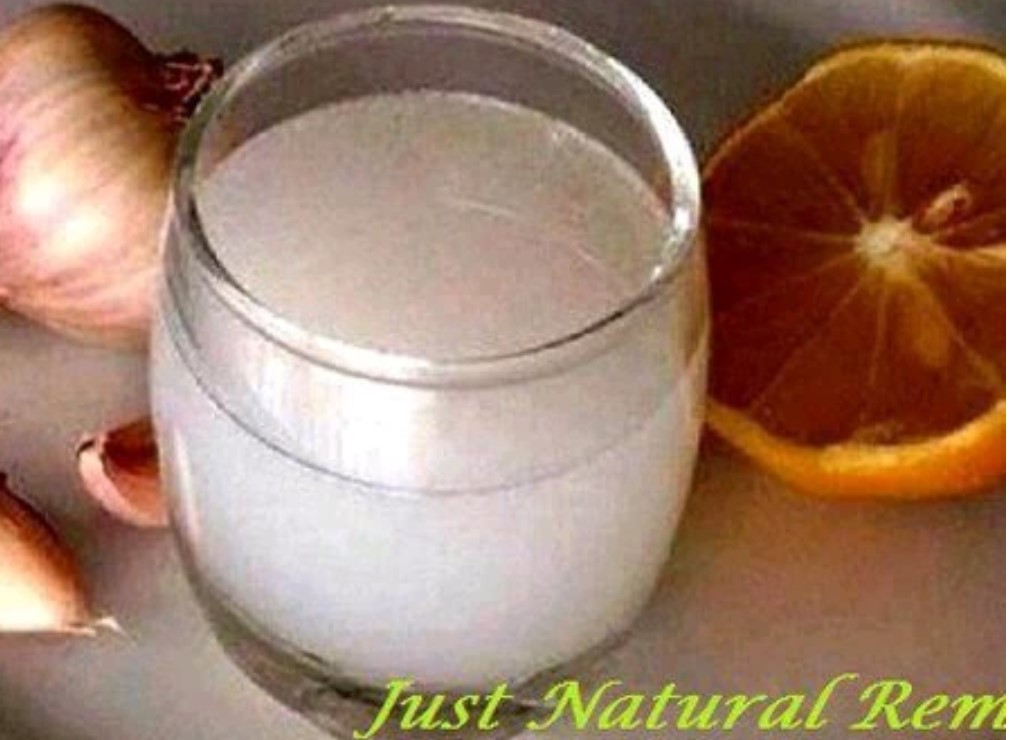The use of salt for skincare dates back to ancient times when people recognized its healing properties. The ancient Egyptians, for instance, used salt in various beauty and skincare rituals. They extracted salt from the Nile River to cleanse and exfoliate their skin. Similarly, the Greeks and Romans frequently visited saltwater baths for skincare and relaxation.
The primary component that makes salt beneficial for skincare is its mineral content. Common table salt, or sodium chloride, contains essential minerals like sodium, magnesium, potassium, and calcium. These minerals play a crucial role in maintaining the skin’s health.
1. Exfoliation
In the world of skincare, salt has emerged as a powerful natural exfoliant. This simple, yet effective ingredient, found in various forms such as sea salt or Epsom salt, plays a crucial role in sloughing off dead skin cells, promoting a healthy and glowing complexion.
Salt’s granular texture acts as a gentle abrasive, aiding in the removal of the top layer of dead skin cells, unclogging pores, and preventing breakouts. Furthermore, salt’s mineral content can improve skin hydration and stimulate blood circulation, enhancing the overall texture and appearance of the skin.
So, whether you’re looking to rejuvenate your skin or enjoy a relaxing bath, consider the benefits of salt in your skincare routine. It’s a natural exfoliation ally that can help you achieve a smoother and more radiant complexion.
In a recent discovery, scientists have found that common table salt, or sodium chloride, possesses remarkable antiseptic properties. When dissolved in water, salt creates a saline solution to disinfect wounds and mucous membranes.
The hypertonic nature of the solution draws water out of bacteria and viruses, causing them to wither and die. Additionally, salt has been shown to reduce inflammation and promote the healing process. This newfound application of salt as a natural antiseptic has the potential to revolutionize wound care and reduce the need for chemical disinfectants in medical and home settings.
In recent skincare trends, the use of salt as a detoxification agent for facial skin has gained popularity. Salt, particularly sea salt, boasts several properties that make it an effective addition to one’s skincare routine. Its granular texture acts as a gentle exfoliant, sloughing off dead skin cells and impurities.
Additionally, salt’s natural minerals, including magnesium, calcium, and potassium, help to restore the skin’s balance and promote hydration. This natural remedy is believed to cleanse pores, reduce inflammation, and leave the complexion looking refreshed. However, it’s essential to use salt in moderation and consult with a dermatologist for personalized recommendations to avoid any potential skin irritation. Incorporating salt into your skincare regimen may be the key to achieving a clearer, revitalized complexion.
The minerals in salt help detoxify the skin by drawing out impurities and toxins. This can result in clearer and healthier skin.
To create a salt and water mixture for face cleansing, it’s essential to use the right type of salt and dilute it properly. Sea salt or Himalayan salt are popular choices due to their mineral content. Here’s a simple recipe to prepare the mixture:
Ingredients:
1teaspoon of salt (sea salt or Himalayan salt)
1 cup of lukewarm water
Dissolve the salt in the lukewarm water to create a saline solution.
Stir until the salt is fully dissolved, and the solution is clear. READ FULL STORY HERE>>>CLICK HERE TO CONTINUE READING>>>
Use a cotton ball or soft cloth to apply the mixture to your face. Gently massage in a circular motion for about 1-2 minutes.
Rinse with lukewarm water and pat your face dry with a clean towel.
In a recent breakthrough study, researchers have uncovered the surprising benefits of regular salt use in improving skin texture. Contrary to the popular belief that salt may harm the skin, the study suggests that when used in moderation, salt can actually enhance skin health.
The natural exfoliating properties of salt help remove dead skin cells, leaving behind a smoother, more radiant complexion. Furthermore, salt’s mineral content promotes hydration and improves the skin’s overall appearance. Experts recommend incorporating salt into your skincare routine for its rejuvenating effects on your skin.
2. Acne Prevention:
In a groundbreaking study, researchers have unveiled a surprising connection between the regular use of salt and acne prevention. The study, conducted by a team of dermatologists and nutrition experts, suggests that salt when used in moderation and in specific ways, may contribute to clearer skin.
While salt is generally associated with negative health effects, this research highlights its potential benefits in reducing acne. The findings open the door to new possibilities in skincare, but caution is advised, as excessive salt intake can have adverse health consequences. Further studies are needed to explore the intricacies of this connection.
The antiseptic properties of salt can help prevent and reduce acne breakouts. Salt can also assist in drying out pimples, which may speed up their healing process.
In a groundbreaking study, researchers have found that regular consumption of salt, when moderated appropriately, can have unexpected health benefits by reducing inflammation. Traditionally, high salt intake has been associated with health risks, but this study challenges those assumptions.
The research, published in the Journal of Health and Nutrition, reveals that controlled salt consumption can help curb inflammation, potentially lowering the risk of chronic diseases. While experts caution against excessive salt intake, these findings suggest that salt, when used in moderation, could be a novel approach to promoting better health.
While washing your face with a salt and water mixture can offer numerous benefits, it’s essential to consider the following precautions:

1. Skin Sensitivity:
Some individuals may have sensitive skin that can be irritated by salt. It’s advisable to perform a patch test before regular use to ensure you don’t experience any adverse reactions.
Concentration:
Ensure that you use the correct concentration of salt in the water mixture. Too much salt can be harsh on the skin.
Frequency: Don’t overuse this method. It’s recommended to wash your face with salt and water no more than a few times a week to avoid over-exfoliation.
Moisturize: After using the salt and water mixture, be sure to moisturize your skin to prevent dryness. Use a gentle, hydrating moisturizer suitable for your skin type.
Conclusion
The practice of washing your face with salt and water is a time-tested method that offers several potential benefits for your skin. The minerals in the salt, its exfoliating properties, and its natural antiseptic abilities make it a valuable addition to your skincare routine. However, like any skincare regimen, it’s important to approach it with care and consideration for your skin type and individual needs. By incorporating this simple yet effective method into your skincare routine, you may experience improvements in skin texture, reduced acne breakouts, and a healthier, more radiant complexion. As with any skincare practice, consistency and moderation are key to achieving the best results.




















